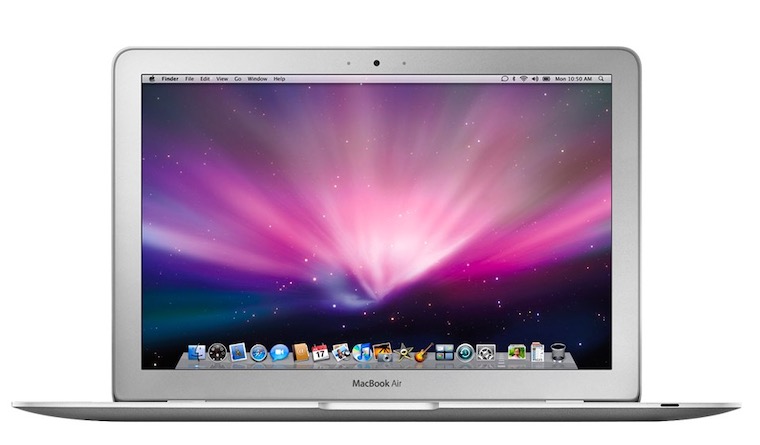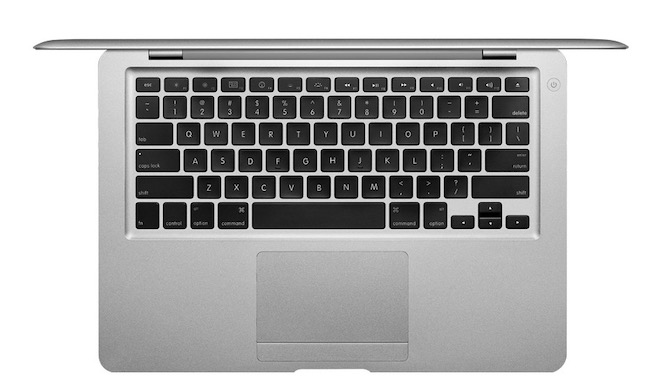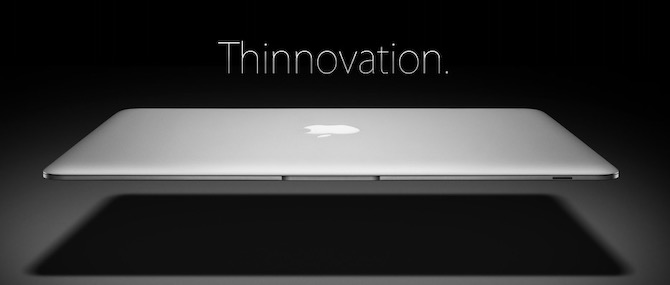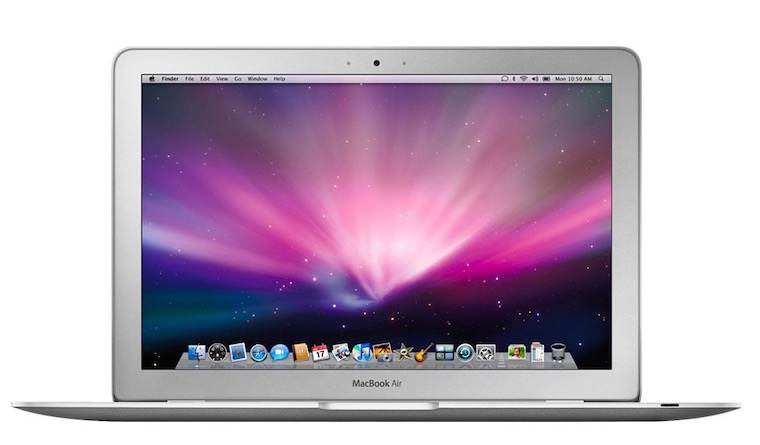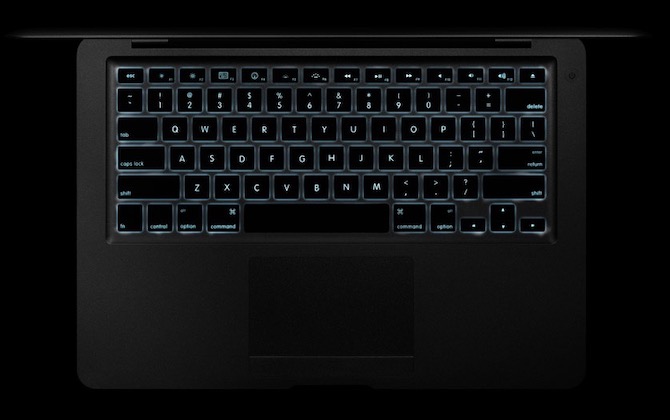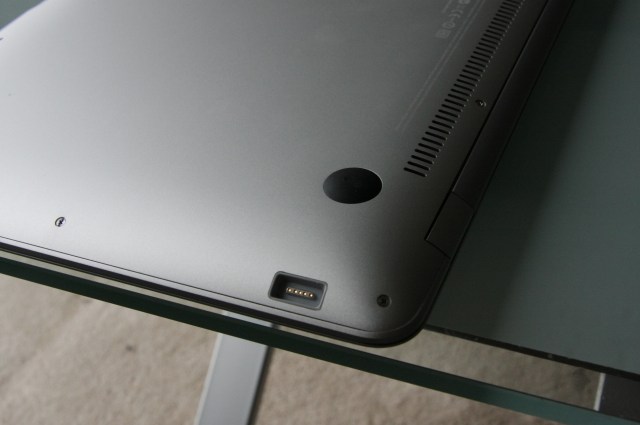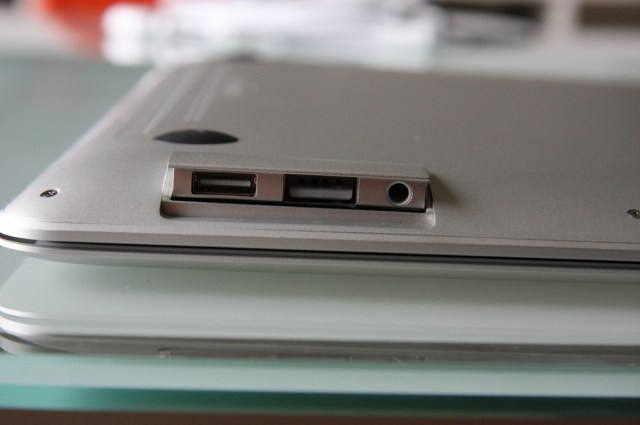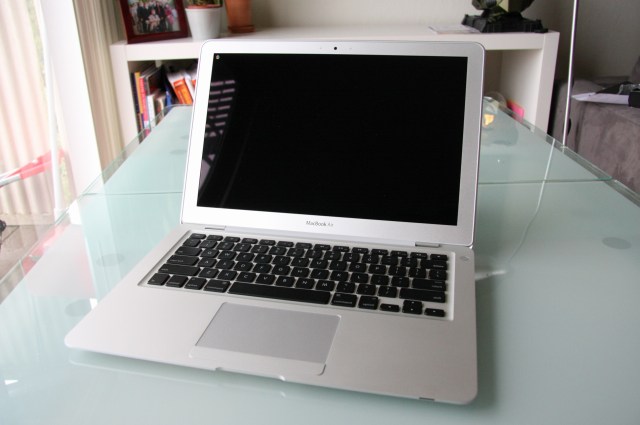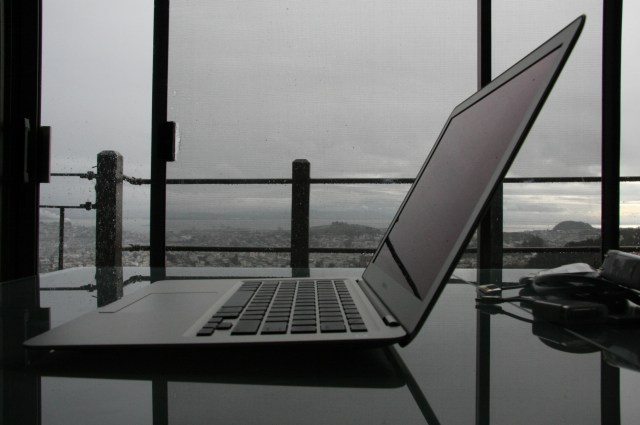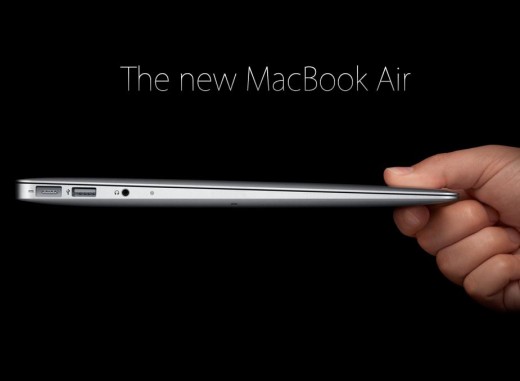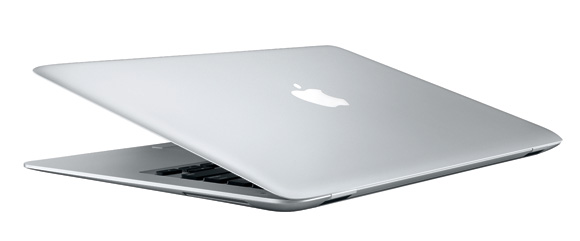We recently published a report in our magazine that the introduction of OLED displays in MacBooks could allow the already thin MacBook Air to become even thinner. The first generation of MacBook Air was somewhat more robust compared to the current models, but at the time of its introduction, its construction took many by surprise. Let's remember the beginning of 2008, when Apple introduced its thinnest laptop to the world.
It could be interest you

When Steve Jobs introduced the first MacBook Air to the world at the Macworld conference in San Francisco, he called it "the thinnest laptop in the world." Dimensions 13,3” laptop were 1,94 x 32,5 x 22,7 cm, the computer weighed only 1,36 kg. Thanks to Apple's breakthrough technical solution, which made it possible to produce a complex computer case from a single block of finely machined metal, the first MacBook Air also boasted an aluminum unibody construction. To adequately demonstrate the thin dimensions of the new Apple laptop, Steve Jobs took the computer out of an ordinary office envelope on stage.
"We've created the world's thinnest laptop—without giving up a full-size keyboard or a full-size 13" display," Jobs said in a related official press release. “When you first see the MacBook Air, it's hard to believe that it's a powerful laptop with a full-size keyboard and display. But it is so," the message continued. Whether the MacBook Air was really the thinnest laptop of its time was, however, debatable. For example, the 10 Sharp Actius MM2003 Muramasas was thinner in some places than the MacBook Air, but thicker at the minimum point. One thing, however, could not be denied to him - he took everyone's breath away with his design and workmanship and set the trend for thin laptops. The aluminum unibody construction has become a hallmark of Apple laptops for many years, and has proven itself so well that the company has started to implement it elsewhere as well.
The ultraportable notebook with a single USB port and no built-in optical drive was designed for people who wanted minimal weight and maximum screen size. According to Apple, it provided "up to five hours of battery life for wireless productivity". The lightweight notebook boasted a 1,6GHz Intel Core 2 Duo processor. It featured 2GB of 667MHz DDR2 RAM and an 80GB hard drive, an iSight camera and microphone, an LED-backlit display that adjusted to the brightness of the room, and the same full-size keyboard that other MacBooks have.
